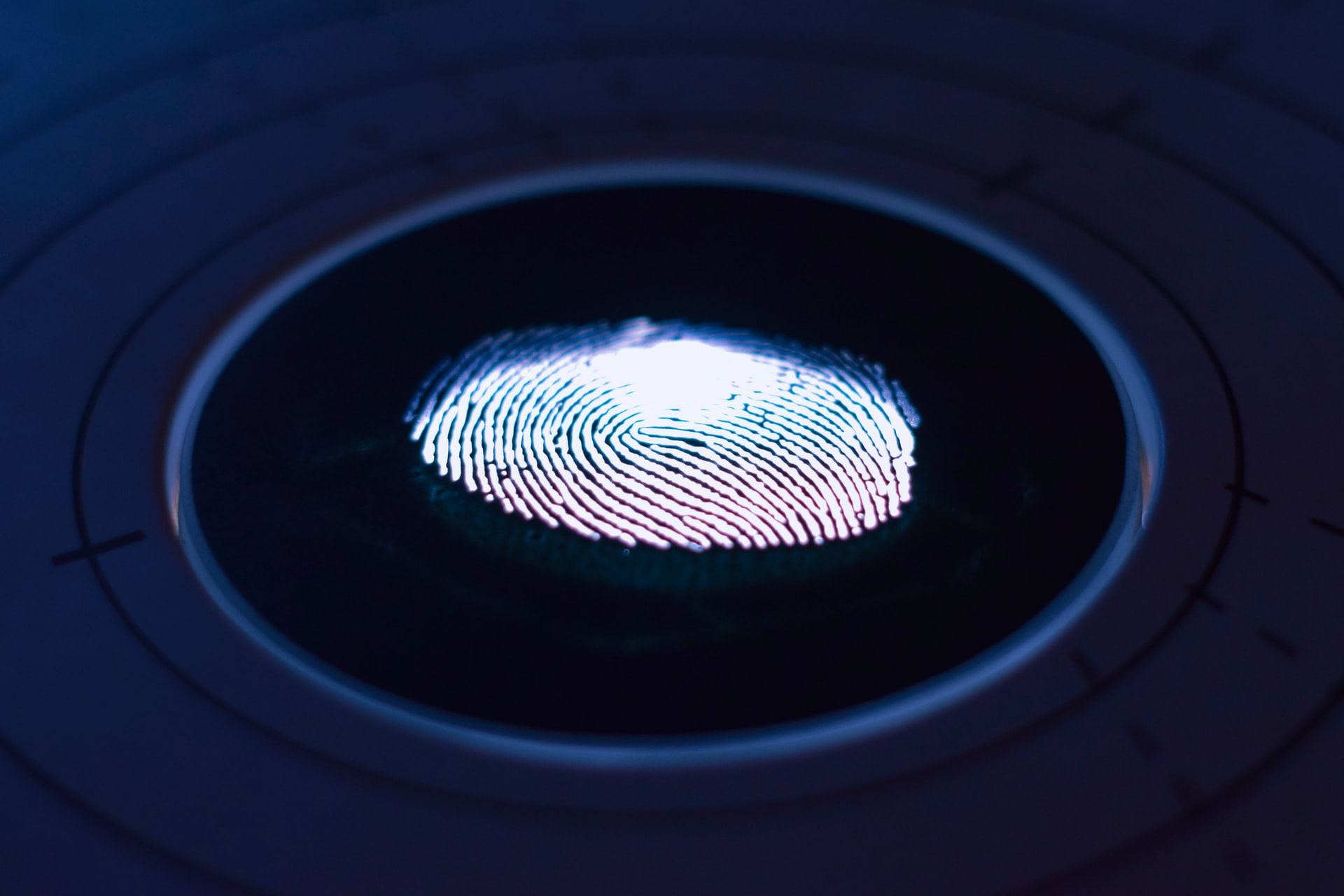If your Samsung Galaxy A53 5G’s fingerprint scanner isn’t working properly, this article will show you how to fix it.
In this essay, we will discuss several efficient methods for troubleshooting and resolving the fingerprint scanner not working issue on your Samsung Galaxy A53 5G. Continue reading.
Ways to Fix Fingerprint Sensor Issue on Samsung Galaxy A53 5G

1. Make sure your thumb is clean
If your thumb is unclean, the fingerprint sensor may malfunction. Check to see if your thumb is clean so that the fingerprint sensor can read your fingerprints accurately.
2. Reboot the phone
Random system faults can occasionally cause problems with your phone’s operation, including the fingerprint sensor. Restart the phone to see if the fingerprint sensor issue resolves. By doing so, any existing weaknesses in the fingerprint sensor will be eliminated.
To restart the device, take these steps:
- Hold down the side button and the volume down key simultaneously until the Power Menu opens.
- When the Power Menu displays, select “Power Off” or “Restart.”
Also: How to fix Samsung Galaxy A53 5G overheating issue
3. Ensure your phone screen is clean
If your phone’s screen is dirty, it can interfere with the fingerprint sensor and cause it to malfunction. Make sure the screen is clean so that the fingerprint scanner can properly read your fingerprints.
4. Enable touch sensitivity
Certain screen covers, including fingerprint sensors, can reduce touch sensitivity. Turn on touch sensitivity and see if it solves the problem.
Here’s how to boost your touch sensitivity:
- Open Settings
- Then tap on Display
- Next tap the Touch sensitivity and toggle the switch On
5. Remove and add new fingerprints
Because of wear and tear and other circumstances, your fingerprints may alter over time. Remove your old fingerprints and then rescan new ones. Do not push too hard when rescanning your thumb. Simply lightly touch all sides of your thumb. This will enhance fingerprint recognition.
Method for removing old fingerprints:
- Open Settings
- Scroll down and tap on Biometrics and security
- Tap on Fingerprints
- Type in the PIN, Password, or Pattern if prompted
- Select the fingerprints to remove. To select all, touch and hold a fingerprint then select All from the upper-left corner
- Tap on Remove (top right corner). Then confirm to remove the fingerprint(s)
Procedure to add new fingerprints:
- Go to Settings
- Tap on Biometrics and security
- Tap on Fingerprints
- Type in the PIN, Password, or Pattern when prompted
- Tap Add fingerprint. Enter the current PIN, Password, or Pattern if prompted
- Follow the on-screen tutorial to scan your fingerprint
- Tap Done to add the fingerprint
Before starting with the new fingerprint registration, make sure the screen protectors are removed from the phone and your fingers are thoroughly cleansed.
6. Update software
If a bug is causing the fingerprint scanner issue, updating the software may help. Follow the steps below to check for and install software updates.
- Go to Settings
- Tap on Software update
- Then tap on Download and install to download and install the update.
7. Wipe system cache partition
A faulty or broken system cache can cause fingerprint sensor difficulties. To wipe and rebuild the system cache partition, follow these steps:
- Turn off your phone
- Connect your phone to the PC via USB
- Wait until the message shows your phone is being charged
- Press and hold the Volume Up key and the Power key.
- Continue to hold both keys until Android Recovery menu options appear
- Press the Volume down key and navigate to Wipe cache partition
- Click Power key to select
- Press the Volume down key to highlight Yes, then press the Power key to select
- When the process is complete, Reboot system now is highlighted
- Press the Power key to restart the device
Related: How To Fix Unresponsive Touch Screen On Samsung S22 Ultra
8. Factory reset the phone
If none of the aforementioned alternatives work, you can try factory restore as a final resort. But, before you do so, make a backup of all your vital data and files, as the method would entirely destroy them.
To perform factory reset, follow the steps below:
- Go to Settings
- Tap on General management
- Click on Reset
- Tap on Factory data reset
- Scroll down and tap on the Reset button
- Tap the Delete all button to proceed with the reset
If you are unable to access your device, you can use another technique to conduct the reset. Here’s how to go about it.
- Turn off your phone
- Connect your phone to the PC via USB
- Wait until the message shows your phone is being charged
- Press and hold the Volume Up key and the Power key.
- Continue to hold both keys until Android Recovery menu options appear
- Press the Volume down key and navigate to Wipe Data/Factory Reset
- Then press Power key to select
- Press the Volume down key to highlight Factory data reset, then press the Power key to select
- When the reset process is complete, Reboot system now is highlighted
- Press the Power key to restart the device
Conclusion
If none of the preceding alternatives work, the issue could be a hardware flaw. For further information, contact your local Samsung care facility.

Leave a Reply